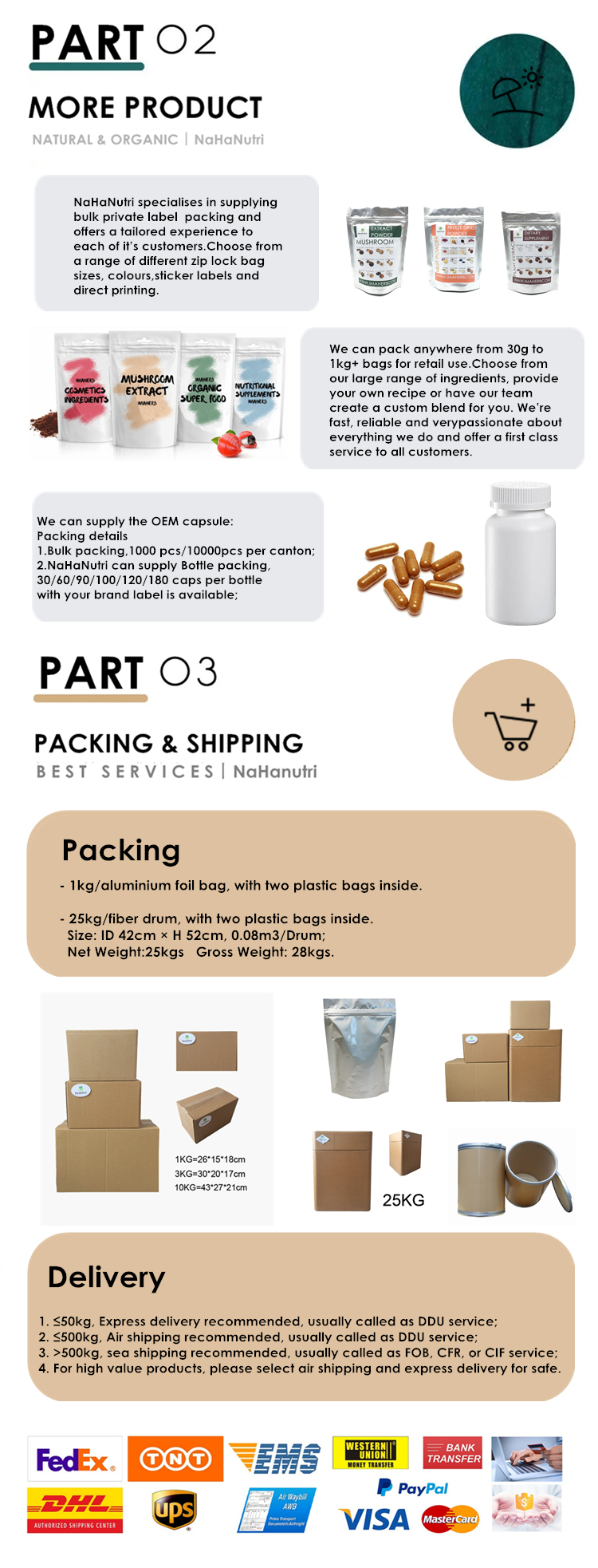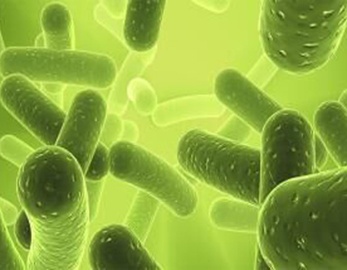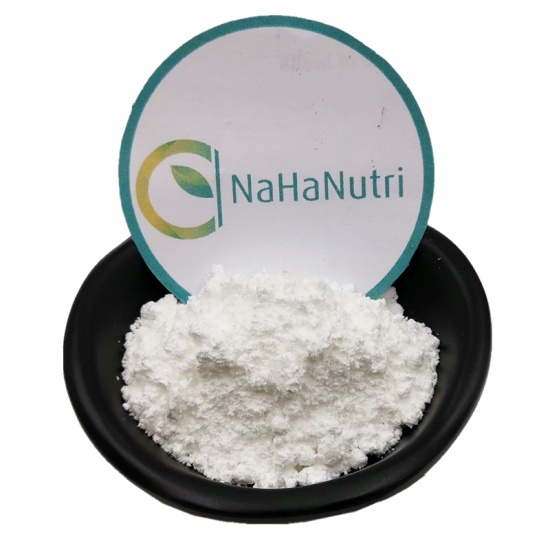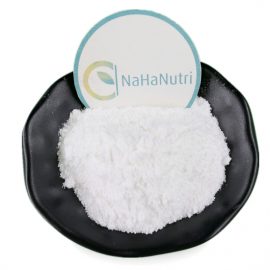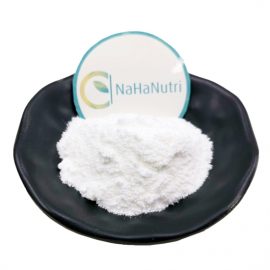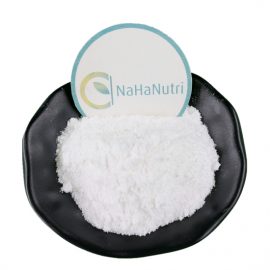A basic information
Lactobacillus acidophilus (A bacteria) belongs to the genus Lactobacillus in the Lactobacillaceae family. It is a Gram-positive bacterium with a slender rod shape, no flagella, no movement, anaerobic or facultative anaerobic; Can use glucose, fructose, lactose, sucrose for homogeneous fermentation, fermentation to produce DL-type lactic acid.
Product specifications
Active lactic acid bacteria content ≥ 10 billion cfu / g, packed in aluminum foil bag, 1 kg / bag.
Strain characteristics
1. Isolated from a healthy human intestine;
2. Biological properties such as acid production, osmotic pressure resistance, bile salt resistance, assimilated cholesterol, and hydrolyzed protein;
3. It can inhibit the growth of Helicobacter pylori, Staphylococcus aureus, Salmonella, Escherichia coli, Klebsiella pneumoniae and Pseudomonas aeruginosa;
4. Promote intestinal peristalsis, inhibit the proliferation of intestinal undesirable microorganisms, regulate the intestinal flora, maintain the intestinal flora balance, and inhibit diarrhea;
5. Promote the digestion and absorption of lactose and alleviate lactose intolerance; increase the content of digestible proteins and vitamins in milk;
6. Can reduce the cholesterol content in the blood; stimulate the immune system and improve immune function; treat vaginal inflammation and urinary tract infections.
Size and colony morphology
1. Size Under the electron microscope, the cell size is generally 0.6 ~ 0.9 × 1.5 ~ 6.0μm, arranged in single, double or 2-3 short chains. The bacteria are usually slender rod-shaped, no flagella, no movement, as the picture shows:
2. Colony morphology On the MRS medium, the colonies formed are small, have smooth edges, the surface is convex, and is smooth, shining with shine, the colonies are opaque and do not produce pigment.
Suitable for growing environment
1 .The optimal growth temperature is 35 ° C to 38 ° C, no growth below 20 ° C, the maximum growth temperature is 43 ° C to 48 ° C, and the heat resistance is poor; the optimal pH is 5.5 to 6.0, the initial growth pH is 5.0 to 7.0, and strong acid resistance Can grow and reproduce in environments where other lactic acid bacteria cannot grow. Lactobacillus acidophilus is particularly strong in acid and bile salt tolerance. When the bile salt concentration is 0.3% and the pH value is 2.0, the survival rate is 62.2%; It has obvious resistance to osmotic pressure, and its highest tolerable concentration of NaCI is 9%; Lactobacillus acidophilus has a significant inhibitory effect on Staphylococcus aureus and E. coli, and its diameter of inhibition zone is 15mm and 14mm respectively; Lactobacillus acidophilus has certain tolerance to gentamicin, ammonia penicillin, and chloramphenicol, but the tolerance is different.
2. Lactobacillus acidophilus needs certain vitamins and other growth factors for growth and reproduction. The most suitable growth temperature is slow growth and long production cycle; the low acid production rate in milk is mainly due to its incomplete proteolytic enzyme system and oxidation. Caused by reduction potential and trace elements. Adding substances that reduce redox potential (such as ascorbic acid, cysteine, etc.) and growth-promoting substances, such as liver extract, carrot extract, lactose, lactose hydrolysate, and casein hydrolysate, into milk can promote acidophilicity. Growth of Lactobacillus.
Growth characteristics
1 culture characteristics: culture in the laboratory, can be cultured with MRS medium;
2 Biochemical characteristics: Lactobacillus acidophilus requires certain growth factors such as vitamins and folic acid for growth and reproduction. The most suitable growth temperature is slow growth and long production cycle; weak protein decomposition ability and low acid production rate in milk, mainly due to its Incomplete proteolytic enzymes, caused by redox potential and trace elements. Adding substances that reduce redox potential and growth-promoting substances to milk can promote the growth of Lactobacillus acidophilus.
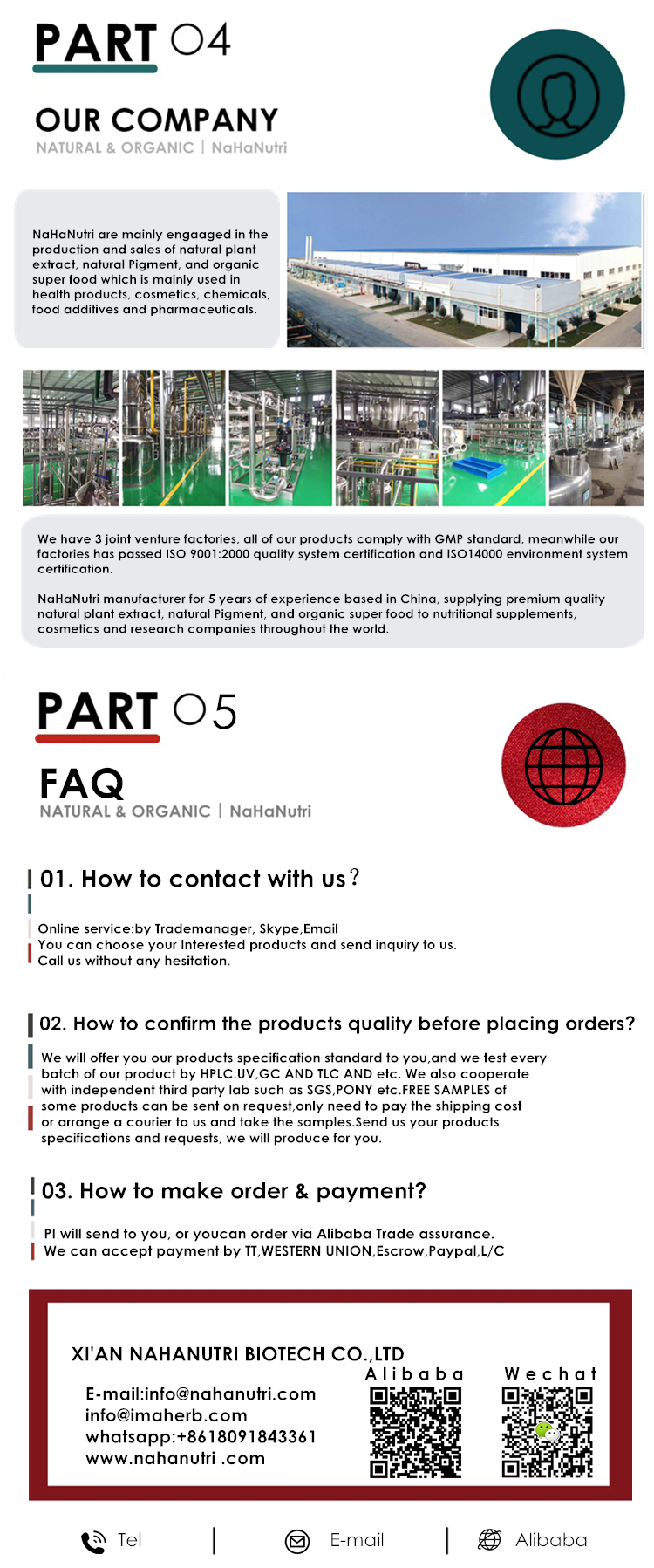
Lecithin
